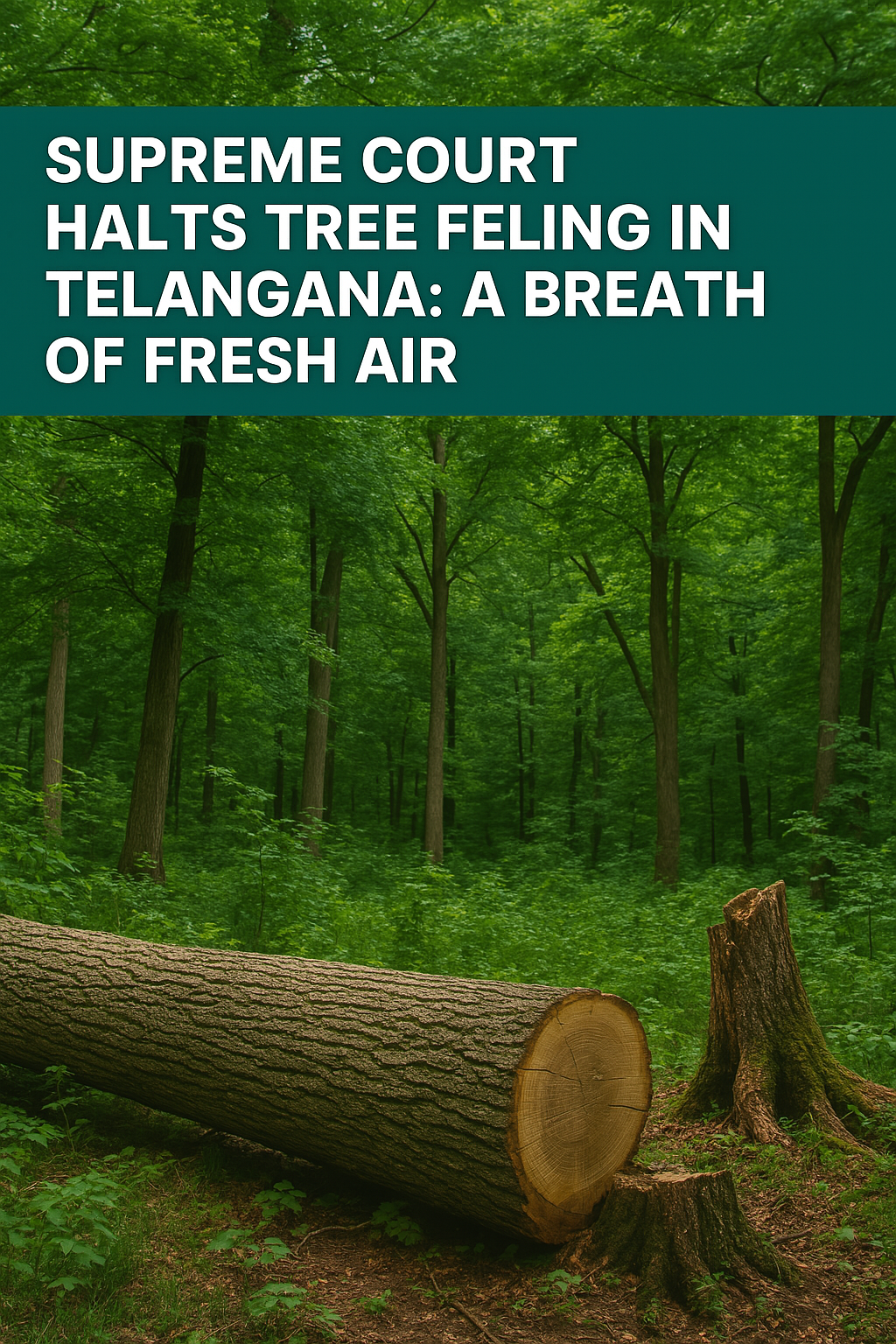Environmental laws at Cocos (Keeling) Islands (Australia)
The Cocos (Keeling) Islands, an Australian external territory in the Indian Ocean, are known for their pristine environment, coral reefs, and diverse ecosystems. Due to their remote location and ecological significance, the Cocos (Keeling) Islands are subject to both Australian national environmental laws and specific regional protections to conserve their unique environment. Below is an overview of the environmental laws and regulations governing the Cocos (Keeling) Islands.
1. Environment Protection and Biodiversity Conservation Act 1999 (EPBC Act)
The Environment Protection and Biodiversity Conservation Act 1999 (EPBC Act) is the key piece of national legislation for environmental protection in Australia, and it applies to the Cocos (Keeling) Islands as an external territory. The EPBC Act provides for the protection of Australia's environment, including significant biodiversity, heritage places, and ecosystems. Key provisions of the EPBC Act include:
Environmental Impact Assessment (EIA): The EPBC Act requires an assessment for any significant development that could affect matters of national environmental significance, including threatened species, ecological communities, and critical habitats.
Protection of Biodiversity: The Act ensures the protection of species and habitats listed under the Conservation of Species and Ecological Communities provisions, including those that occur on the Cocos Islands.
Marine Environment Protection: The EPBC Act also governs the protection of Australia’s marine environment, which is relevant to the marine ecosystems around the Cocos Islands, including coral reefs and marine life.
2. Cocos (Keeling) Islands Marine Park (2013)
The Cocos (Keeling) Islands Marine Park, designated under the Environment Protection and Biodiversity Conservation Act 1999 (EPBC Act), aims to protect the marine environment around the islands, including coral reefs, seagrass beds, and marine species. The Marine Park covers an extensive area and includes several conservation zones with restrictions on activities such as fishing, tourism, and coastal development. Key features include:
Marine Protected Areas (MPAs): Certain areas within the Marine Park are designated as no-take zones, where activities such as fishing, mining, and oil exploration are prohibited to protect biodiversity.
Conservation of Marine Species: Protection of marine species such as turtles, dugongs, and migratory birds that use the waters around the islands.
Sustainable Resource Use: Encourages sustainable practices in tourism, fishing, and other marine activities, balancing conservation with local economic activities.
3. Cocos (Keeling) Islands Environmental Management Plan
The Environmental Management Plan for the Cocos (Keeling) Islands outlines strategies for managing the islands' natural resources and ecosystems. The plan focuses on conservation, land management, and sustainable development, addressing the specific environmental challenges faced by the islands, such as:
Waste Management: Addressing issues related to waste disposal and recycling on the islands.
Sustainable Land Use: Managing land development and preventing habitat degradation.
Biodiversity Conservation: Protecting native species, including endemic plant and animal species, from threats such as invasive species, habitat destruction, and climate change.
4. Wildlife Protection Laws
The protection of native wildlife, particularly threatened and migratory species, is a key aspect of environmental legislation on the Cocos (Keeling) Islands. The islands are home to several unique species and habitats that require protection. The Wildlife Protection Act (administered by the Australian Government Department of the Environment) applies to the islands and includes:
Protection of Endangered Species: The Act provides for the protection of endangered or vulnerable species that occur on the islands, including certain seabirds, turtles, and migratory species.
Invasive Species Management: The Act addresses the threat of invasive species, including non-native plants and animals that threaten local ecosystems and biodiversity.
Habitats for Migratory Birds: The Cocos Islands are part of important migratory bird flyways, and the protection of these habitats is crucial for preserving bird species that pass through the islands.
5. National Parks and Protected Areas
Several areas of the Cocos (Keeling) Islands are designated as national parks or protected areas under both state and national legislation. These areas are managed to protect the islands' natural environment and wildlife. The Cocos Islands National Park includes both land-based and marine areas that are subject to specific conservation management guidelines.
6. Coastal Zone Management
The Coastal Zone Management in the Cocos (Keeling) Islands focuses on preserving the island's fragile coastal ecosystems, such as coral reefs, mangroves, and seagrass beds. This includes:
Restricting Coastal Development: Measures to limit development and infrastructure projects in sensitive coastal areas to prevent habitat destruction.
Beach and Dune Protection: Efforts to protect beaches, dunes, and wetlands from erosion and development, as well as to maintain the integrity of these critical coastal ecosystems.
7. Pollution Control and Waste Management
Pollution control and waste management are critical components of environmental regulation on the Cocos (Keeling) Islands, especially given the islands' isolation and limited waste management infrastructure. Relevant legislation includes:
Waste Management and Disposal: Local authorities enforce regulations related to the disposal and recycling of waste on the islands. These regulations aim to minimize pollution and prevent harmful substances from contaminating the air, water, and soil.
Marine Pollution: The National Environment Protection Council (NEPC) and the Pollution Control Act regulate the prevention and management of marine pollution, including the discharge of waste into the sea, which is especially important given the proximity of the islands to the marine park.
Wastewater Treatment: Proper wastewater treatment and disposal are regulated to prevent contamination of water resources and protect the marine environment.
8. Land Use and Development Regulations
Land use and development on the Cocos (Keeling) Islands are regulated under the Planning and Development Act and the Cocos (Keeling) Islands Land Administration Act. These laws aim to balance development with environmental protection by:
Environmental Impact Assessments (EIA): All major development projects, including infrastructure and land-based projects, require an EIA to assess their potential environmental impact.
Zoning and Land Use Control: Zoning laws regulate land development and ensure that environmentally sensitive areas, such as wetlands and coastal zones, are protected from inappropriate development.
Sustainable Tourism: Regulations aim to promote sustainable tourism practices, including ecotourism, to reduce the environmental footprint of tourism on the islands.
9. Marine Pollution and Fisheries Laws
The protection of the marine environment is critical for the Cocos (Keeling) Islands, as they rely heavily on their marine resources. Australia has strict fisheries management laws that regulate fishing activities around the islands, including the Commonwealth Fisheries Management Act 1991. These laws focus on:
Sustainable Fishing Practices: Regulations for the sustainable use of fish stocks to prevent overfishing and protect marine biodiversity.
Marine Pollution: Measures to prevent marine pollution from shipping, oil spills, and other sources.
10. Climate Change and Adaptation
As an island territory, the Cocos (Keeling) Islands are vulnerable to the impacts of climate change, particularly rising sea levels and extreme weather events. The Australian government is working to implement policies and programs to help the islands adapt to these changes, such as:
Climate Resilience Programs: Projects aimed at enhancing the islands' resilience to the impacts of climate change, including habitat restoration and the protection of critical infrastructure.
Renewable Energy Development: Encouragement of renewable energy sources, such as solar and wind power, to reduce greenhouse gas emissions and ensure a sustainable energy future for the islands.
Enforcement and Regulatory Agencies
The key agencies responsible for enforcing environmental laws in the Cocos (Keeling) Islands include:
Department of the Environment and Energy: This Australian government department oversees the implementation of national environmental laws, including the EPBC Act, and manages the Cocos (Keeling) Islands Marine Park.
Cocos (Keeling) Islands Shire Council: The local government is responsible for implementing land-use planning and waste management regulations on the islands.
Australian Fisheries Management Authority (AFMA): AFMA manages fisheries resources in Australian waters, including around the Cocos Islands.
Conclusion:
The Cocos (Keeling) Islands are governed by a combination of Australian national environmental laws, regional conservation efforts, and local regulations aimed at preserving their unique ecosystems. The primary focus of these laws is on protecting biodiversity, marine resources, and the environment while promoting sustainable development and tourism. These legal frameworks ensure that the islands' natural heritage is preserved for future generations, while balancing environmental conservation with the needs of the local community and economy.




























0 comments